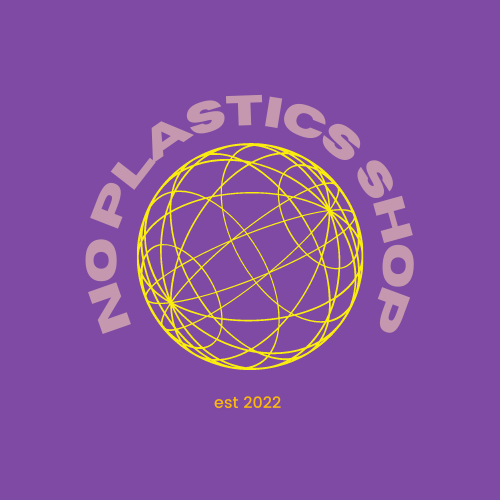Women's Jumpsuits Back In Style This Summer: Best Eco Friendly Fabric Brands

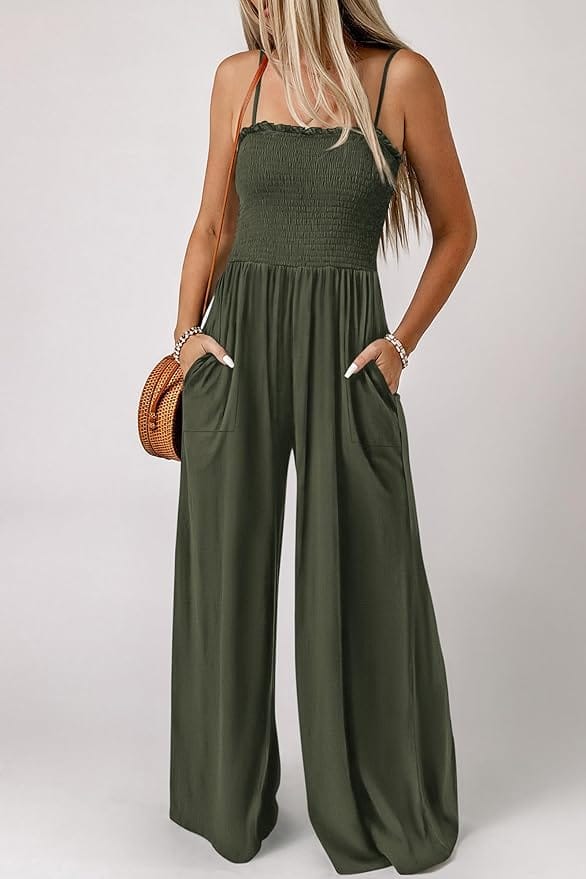
PrettyGarden. viscose & linen
Looking For The More Sustainable Fabrics on the Market Right Now? - Good On You
Ladies, you may not realize it, but some of the clothes we wear every day have a huge impact on our health and the health of our planet. The clothes we often love so much can actually be harming us and the environment.
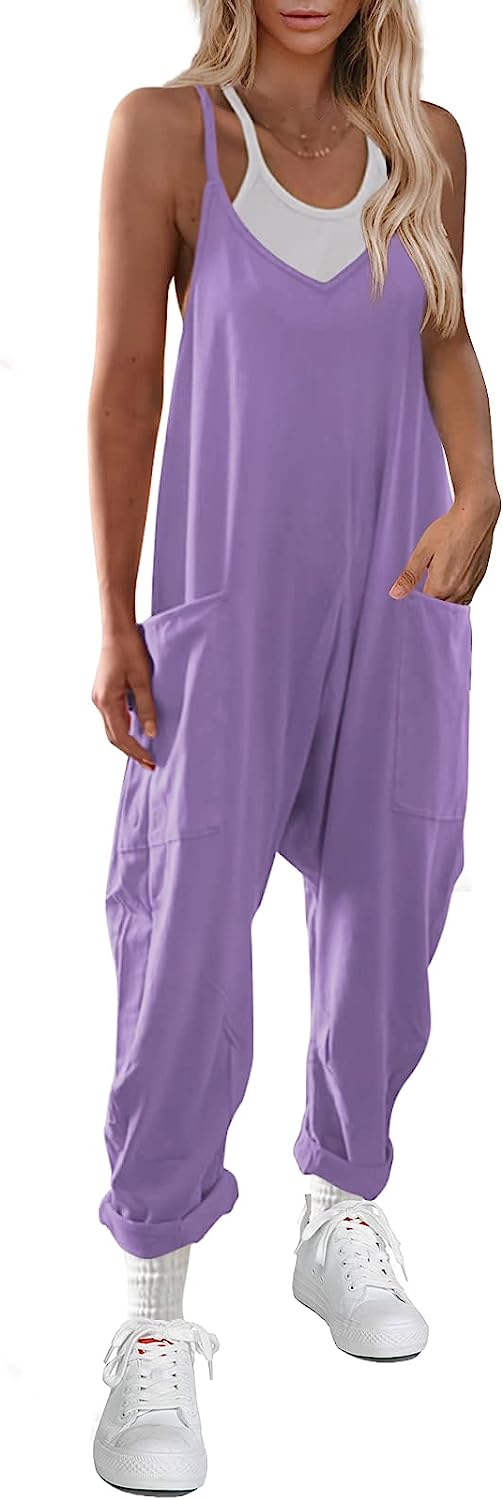
Yanekop cotton
One of the biggest culprits? Polyester. In this post, we'll look at how polyester is made and why it's such a terrible choice. But all jumpsuits and two piece summer outfits on this page are made of sustainable fabrics.

Ekouaer. rayon
The Dirty Truth About Polyester: Why We Should All Ditch It
How is polyester is made?. It's derived from petroleum, a non-renewable resource that causes major environmental damage during extraction and production. The production process for polyester is energy-intensive, requiring huge amounts of water and emitting toxic chemicals and greenhouse gases. And that's just the beginning.
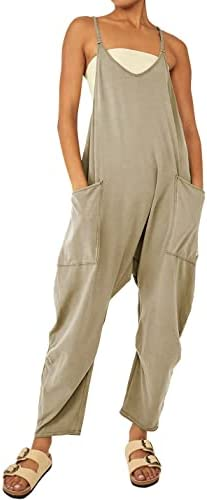
Fiona. cotton jersey
Polyester is not biodegradable, meaning that once it's made, it's going to stick around for a long time. According to a recent report by the Ellen MacArthur Foundation, by 2050, there could be more plastic than fish in the ocean. Polyester clothing plays a significant role in this problem, with microfibers shedding every time we wash our clothes and eventually ending up in our waterways and oceans.
Say Goodbye to Polyester Jumpsuits and Hello to Sustainable Fashion this Summer!
Polyester isn't just bad for the planet - it's bad for our health too. Polyester is a synthetic fiber, meaning that it's essentially a plastic. And just like other plastics, it contains harmful chemicals that can cause a range of health problems. For example, many polyester fabrics are treated with chemicals like formaldehyde, which is a known carcinogen. Formaldehyde is also a skin irritant, so if you're prone to skin irritation, you may want to steer clear of polyester clothing.
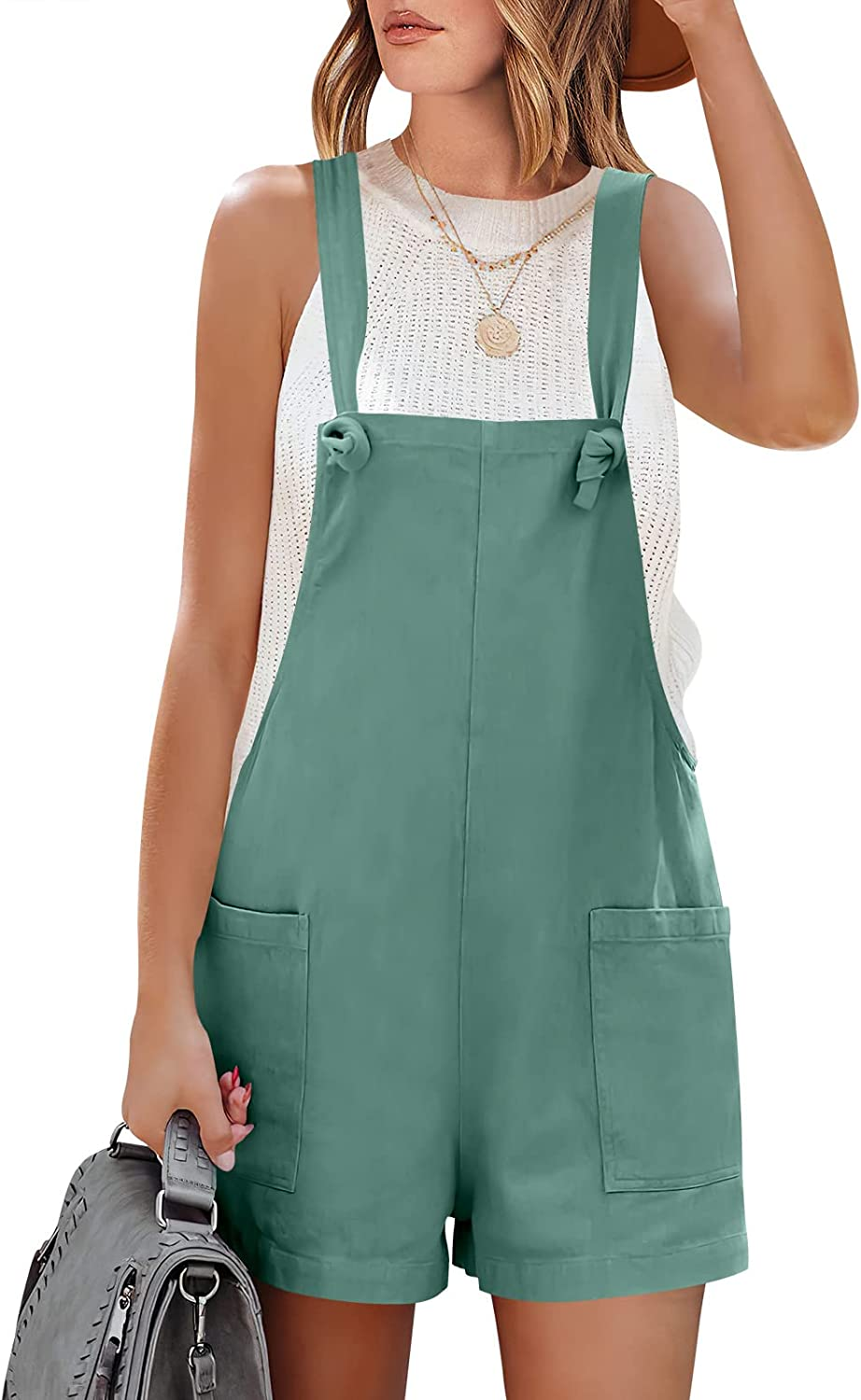
Arabess rayon
And it's not just formaldehyde. Polyester fabrics can also contain chemicals like phthalates, which have been linked to hormone disruption, and flame retardants, which have been linked to cancer and reproductive problems. Yikes.
What Are Sustainable Fabrics?
Natural, sustainable fibers like organic cotton, organic linen, and hemp, are the growing trend this summer and beyond. Rayon, Lyocell, and their plant based fiber cousins made from wood pulp are also sustainable fabrics. If you do buy polyester, try to buy high-quality pieces that will last longer, and avoid buying clothes that you know you'll only wear once. And of course, always recycle or donate your old clothes instead of throwing them away.
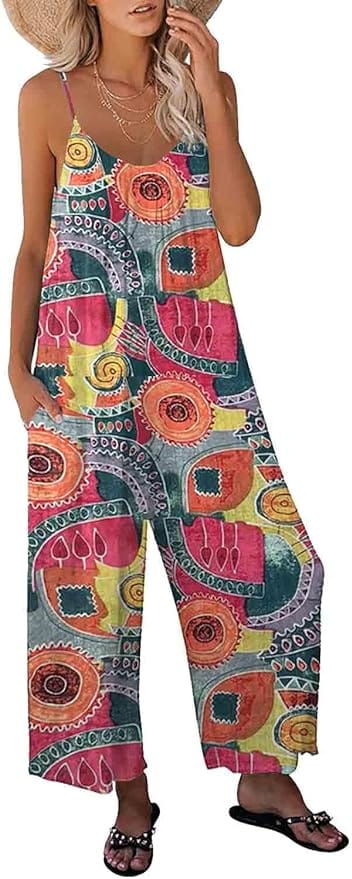
KMAZN 100% cotton many color patterns
Polyester may seem cheap and convenient, but it's not worth the damage it's causing. By opting for more sustainable fabrics and being more mindful about our shopping habits, we can all make a difference. Your wardrobe may seem like a small factor, but the impact it has is huge.
Don't Trash The Earth With Your Clothes: Choose Zero Waste Sustainable Clothing Instead!
Zero waste choices don't have to take an inch off your style or your fashion sense. Our planet is our home and our responsibility to save it from toxic waste and rampant pollution. What better way to start taking this responsibility than to choose zero waste sustainable clothing instead of synthetic fabrics? Think about the sophisticated activism you’ll flaunt with your wardrobe choices.
Get Ready For Summer With Zero Waste Clothing Brands
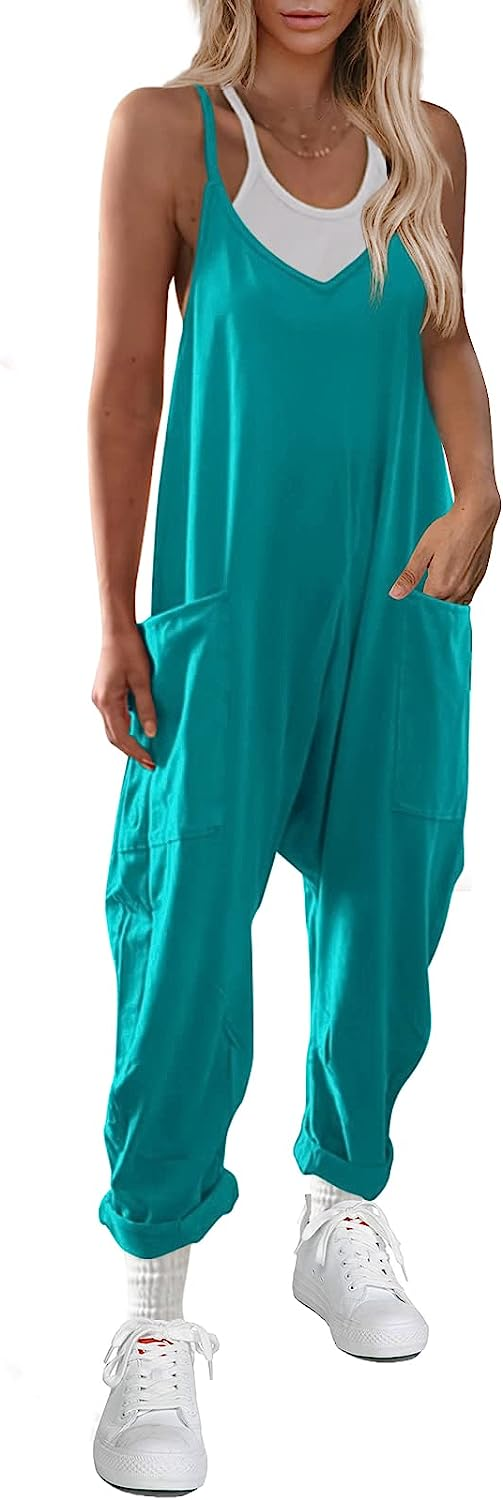
Yanekop- says blend for material - I asked and they said it's cotton
Makers of sustainable fabrics are not only better for the environment but also the workers involved in every step of the process. The fabrics used in sustainable fabrics will break down naturally once they reach the end of their lives instead of taking up space in landfills for hundreds of years.
But that’s not the only benefit of these fabrics. Natural fabrics produced from organic cotton, bamboo, organic linen, made from the flax plant, and wood pulp fibers all require less energy to produce, and have a lower carbon footprint compared to synthetic fabrics.

YESNO. 100% cotton
So, choosing sustainable clothing is an environmentally friendly move, as it reduces pollution and conserves resources.
Get Ahead of the Trend - Zero Waste Clothing Brands
By contrast, the production of synthetic fabrics is an energy-intensive, highly-polluting process that involves the use of toxic chemicals. Think dyes, bleaches, and finishing agents that release toxic gases and pollutants into the air and water.
And all this for the sake of making clothes that are cheap for us, but at the expense of the environment and the health of the workers involved. Now, do you still want those toxic clothes?
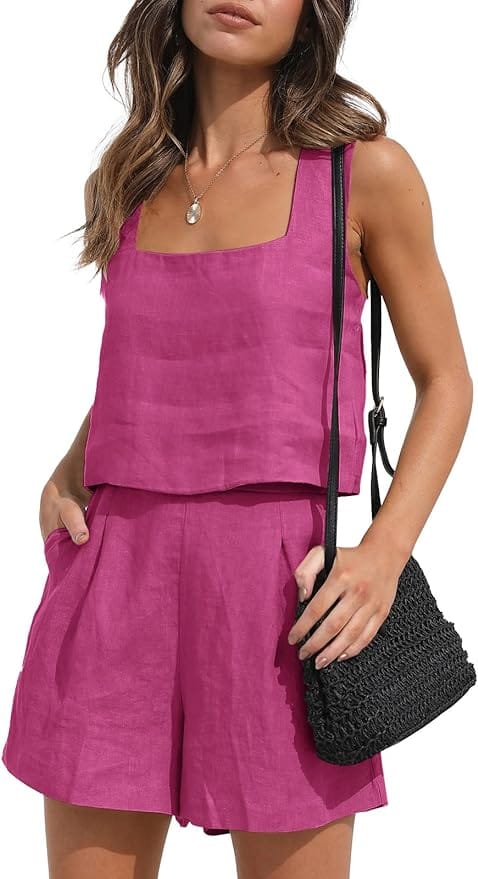
Automet linen More Linen Clothing Here
Looking at it from a style perspective, sustainable clothing is a winner too. The fabrics are breathable, comfortable, and durable. They can be easily layered, mixed and matched with a range of clothing options to create several styles and outfits. And did you know? Sustainable fashion is slowly gaining popularity worldwide!

YESNO. 100%cotton
A growing number of fashion designers are shifting their focus from fast fashion towards more sustainable and eco-friendly designs. The demand for ethical, sustainable, and eco-friendly clothing is increasing as more people become aware of the benefits and impact of these choices on our environment.
Dress to Impress this Summer with Zero Waste Clothing Brands
Since the first thing that we think about when it comes to sustainable clothing is organic cotton or recycled cotton. Very true that avoiding conventional cotton production goes a long way in reducing our textile waste problems.
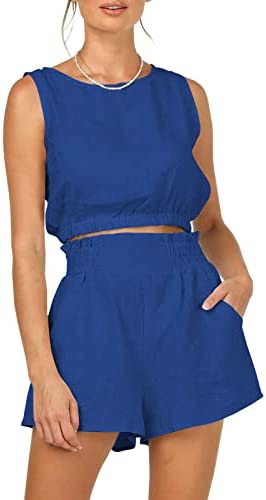
Trendy Queen. linen rayon
Not only is organic cotton grown without the use of pesticides and other chemicals, grows quickly, ecological, sustainable, it produces a durable fabric that can be easily woven into flawless clothes.
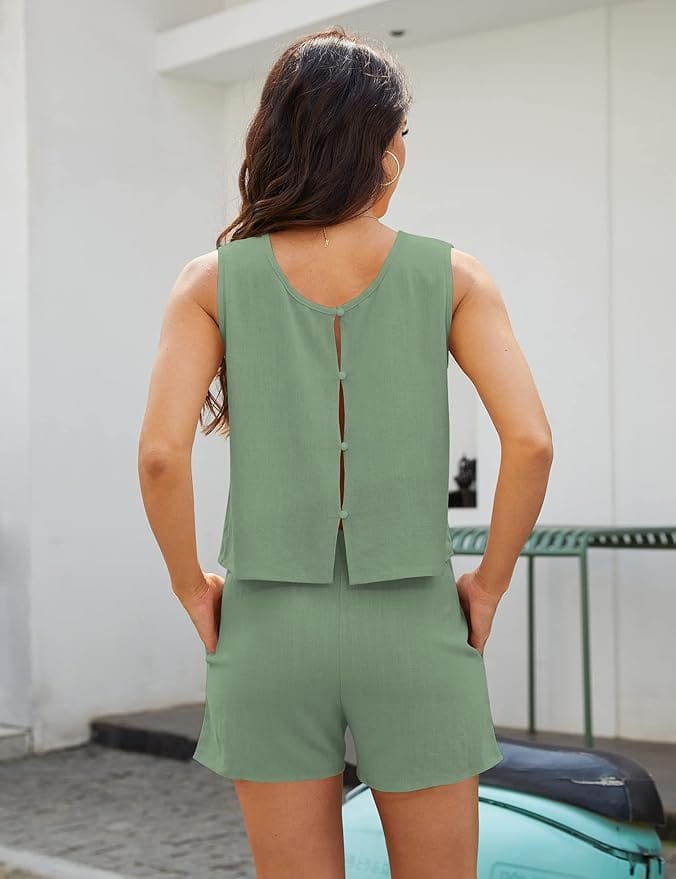
Anggrek. viscose linen.
Ladies, I know choosing zero waste sustainable clothing over synthetic fabrics can be a bit of a challenge in the beginning, well worth it! There are several sustainable clothing brands out there, and with a little research, you can find one that aligns with your fashion taste.
Make the conscious choice to buy eco-friendly clothing, and you will not only improve your style but also the planet’s health. Who knows, you might even inspire others to follow in your fashion-forward, eco-friendly sense of good taste.
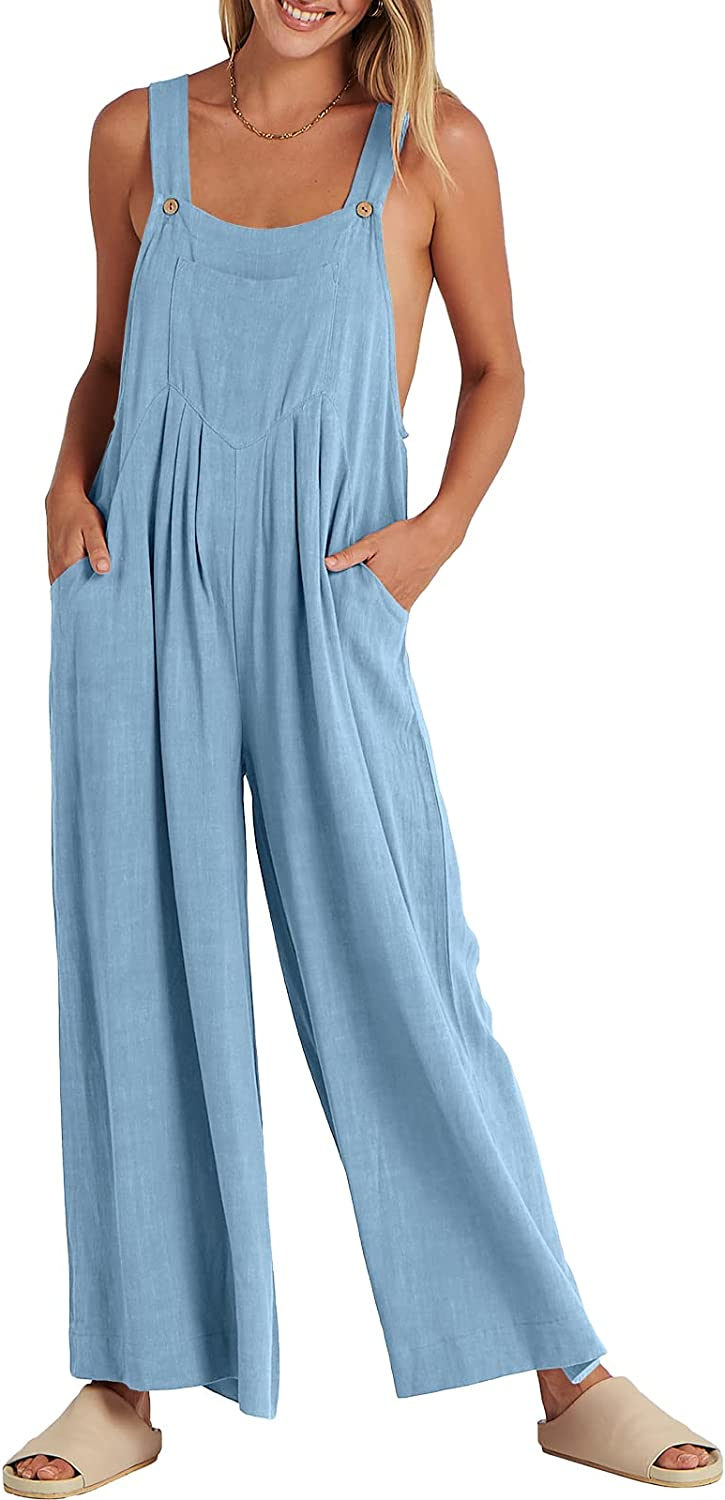
Arabess has a whole lot of sustainable clothing - maybe check out their store!
Jumpsuits are popping up everywhere as the summer months approach. However, the majority of these are made of the unfortunate polyester. which is essentially plastic that won't let your skin breathe - no matter what they tell ya.
So why not make a change this season and opt for jumpsuits made of far superior, breathable, sustainable fabric? This blog post celebrates some natural fabric brands that are perfect for your summer wardrobe.
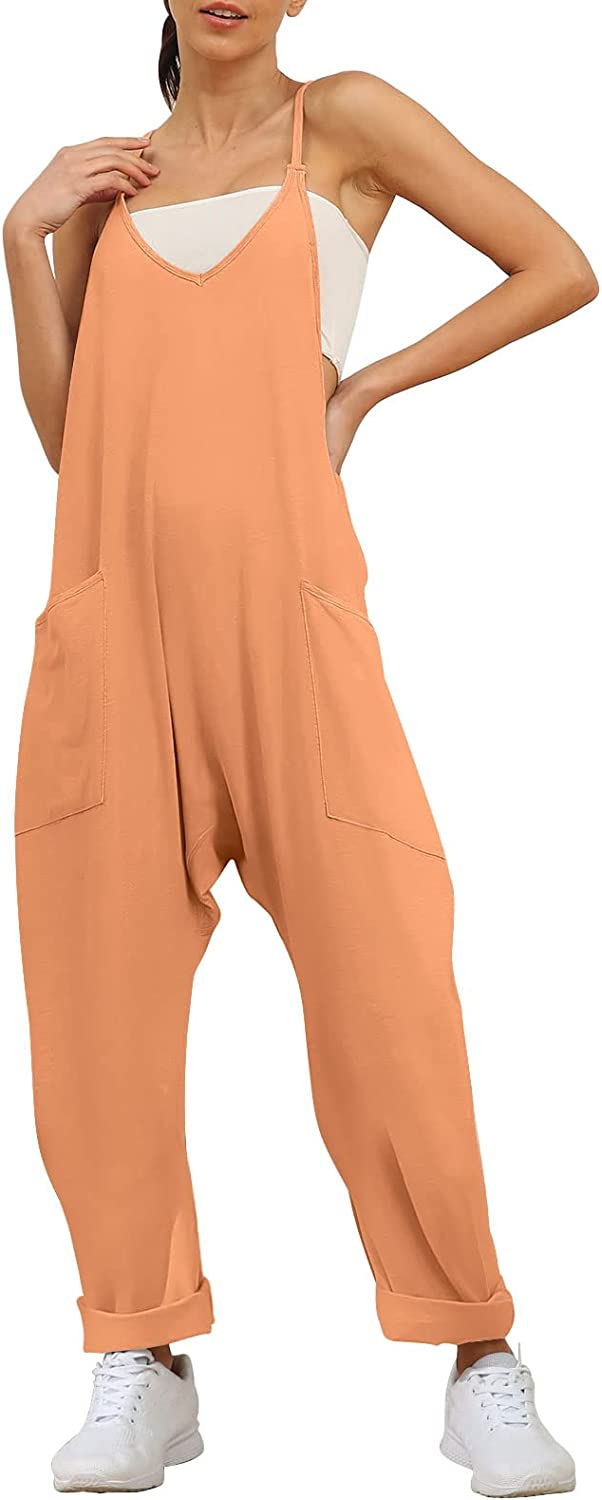
Automet All these brands have lots of color choices - find the color right for you!
Natural fibers Are Eco-friendly Fibers
Automet and Anggrek – These brands specializes in breathable cotton and linen fabrics. From classic white to vibrant prints, Both Automet and Anggrek have a range of jumpsuits to suit every style.
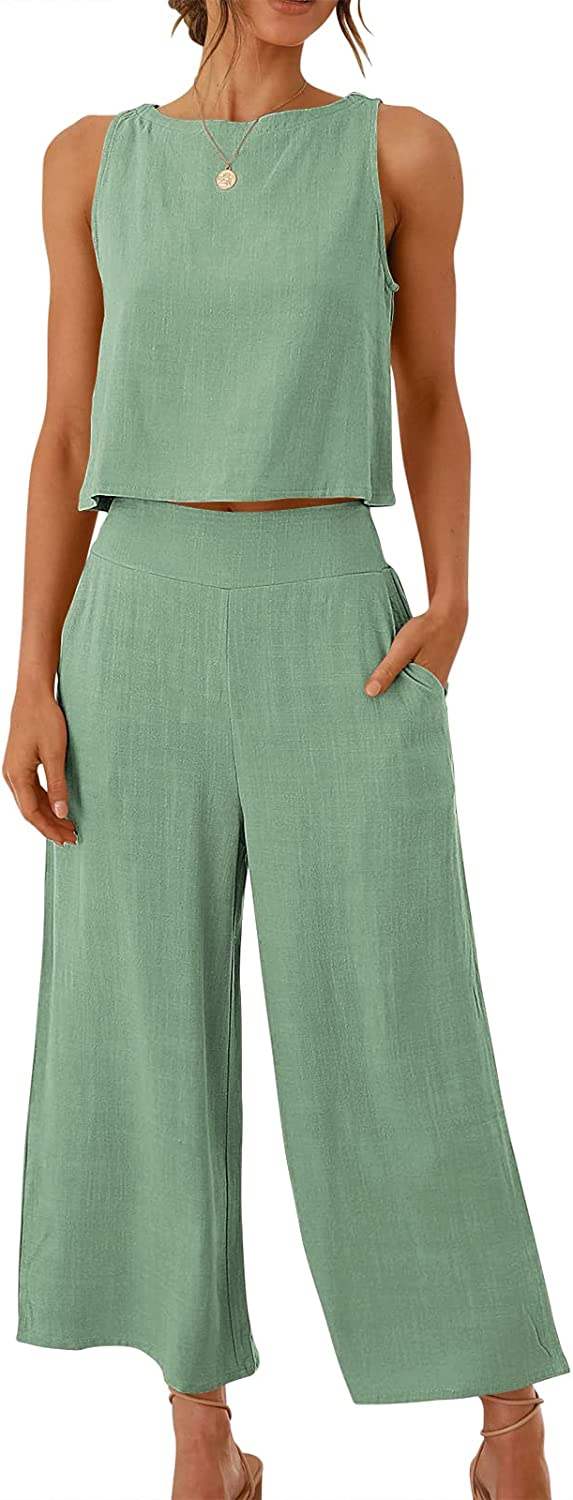
Anrabess offers jumpsuits made of cozy modal material that's perfect for lounging around the house, running errands, or even dressing up for a night out. Plus, they come in a ton of stylish colors and designs.
Natural Fiber Raw Materials
Some brands make use of soft, eco-friendly bamboo fiber to create their jumpsuits. Bamboo fabric is hypoallergenic, antibacterial, and moisture-wicking, making it ideal for hot summer days.
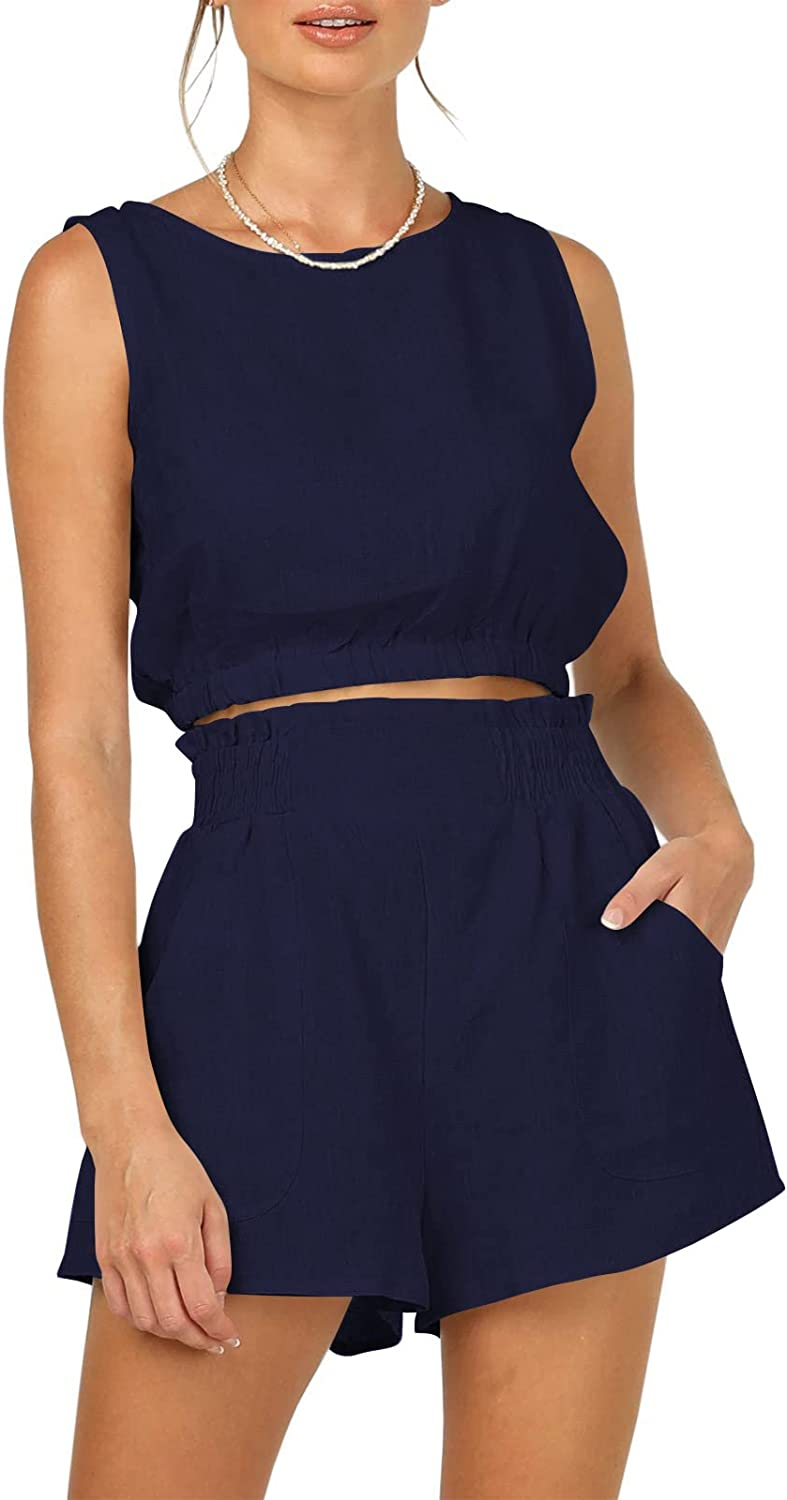
Trendy Queen– This brand offers chic, affordable jumpsuits made of a soft, stretchy material that will hug your curves in all the right places. Perfect for a day out with the girls or a date night with your significant other.
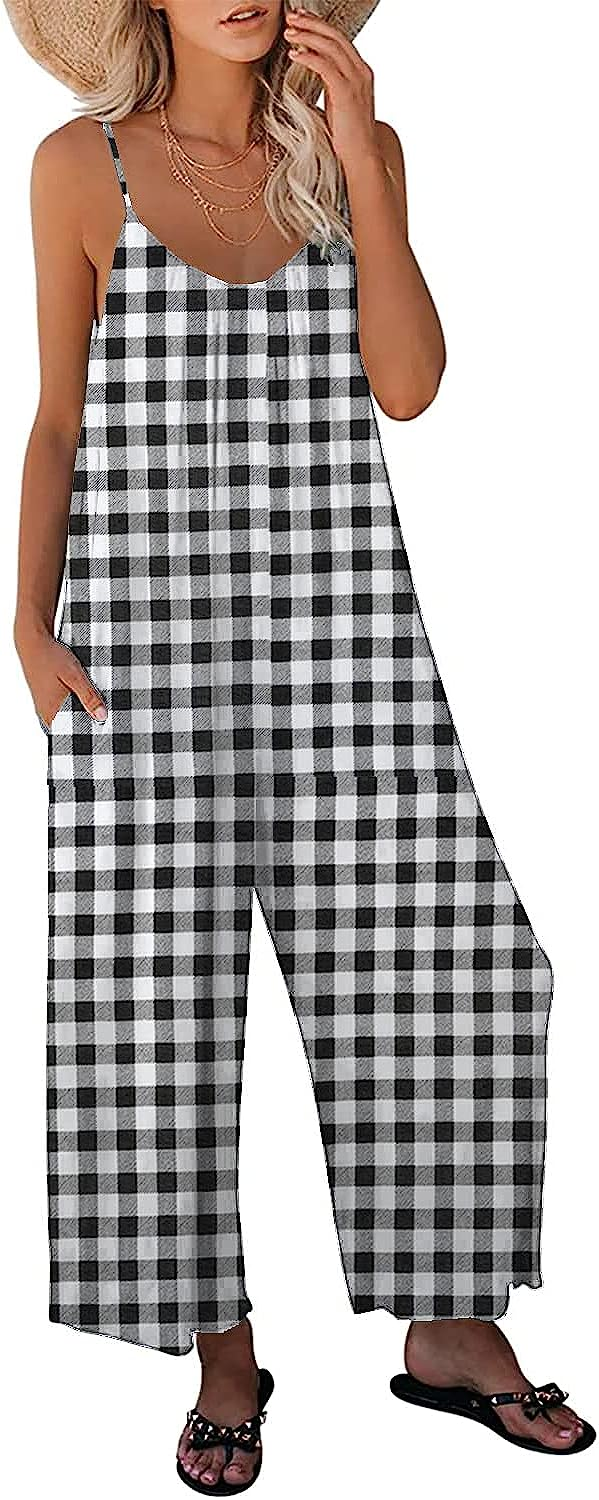
KMAZN's jumpsuits are made of high-quality, lightweight linen that's perfect for staying cool in the summer heat. They come in a variety of colors and styles, from classic neutrals to fun prints.
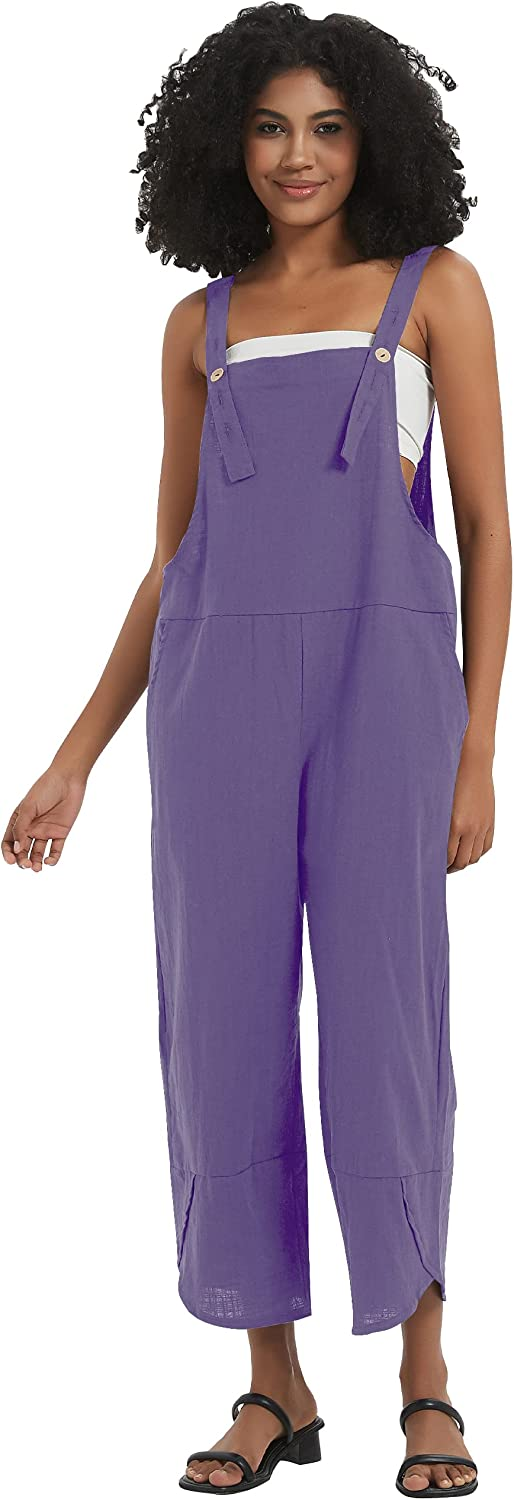
Flygo creates jumpsuits made of a soft, breathable cotton and linen blend that's perfect for summer. They come in a range of classic styles and colors, making them a versatile addition to any wardrobe.
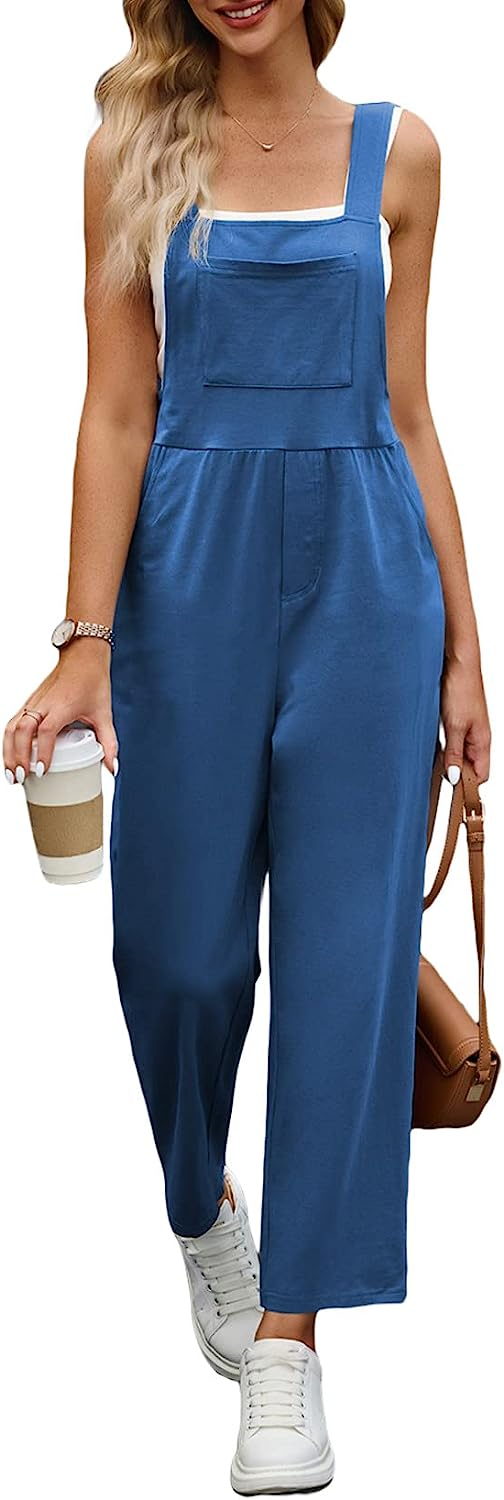
Blencot offers jumpsuits made of a soft, lightweight cotton and rayon blend. They have a relaxed, comfortable fit, making them perfect for both casual and dressy occasions.
Organic Cotton?

Auzo's jumpsuits are made of sustainable cotton and rayon fabrics and feature fun, eye-catching prints. Perfect for adding some color and personality to your summer wardrobe.

Guhio creates jumpsuits made of a soft, stretchy modal blend that's perfect for lounging or dressing up. They come in a range of fun designs, from bold stripes to floral prints.
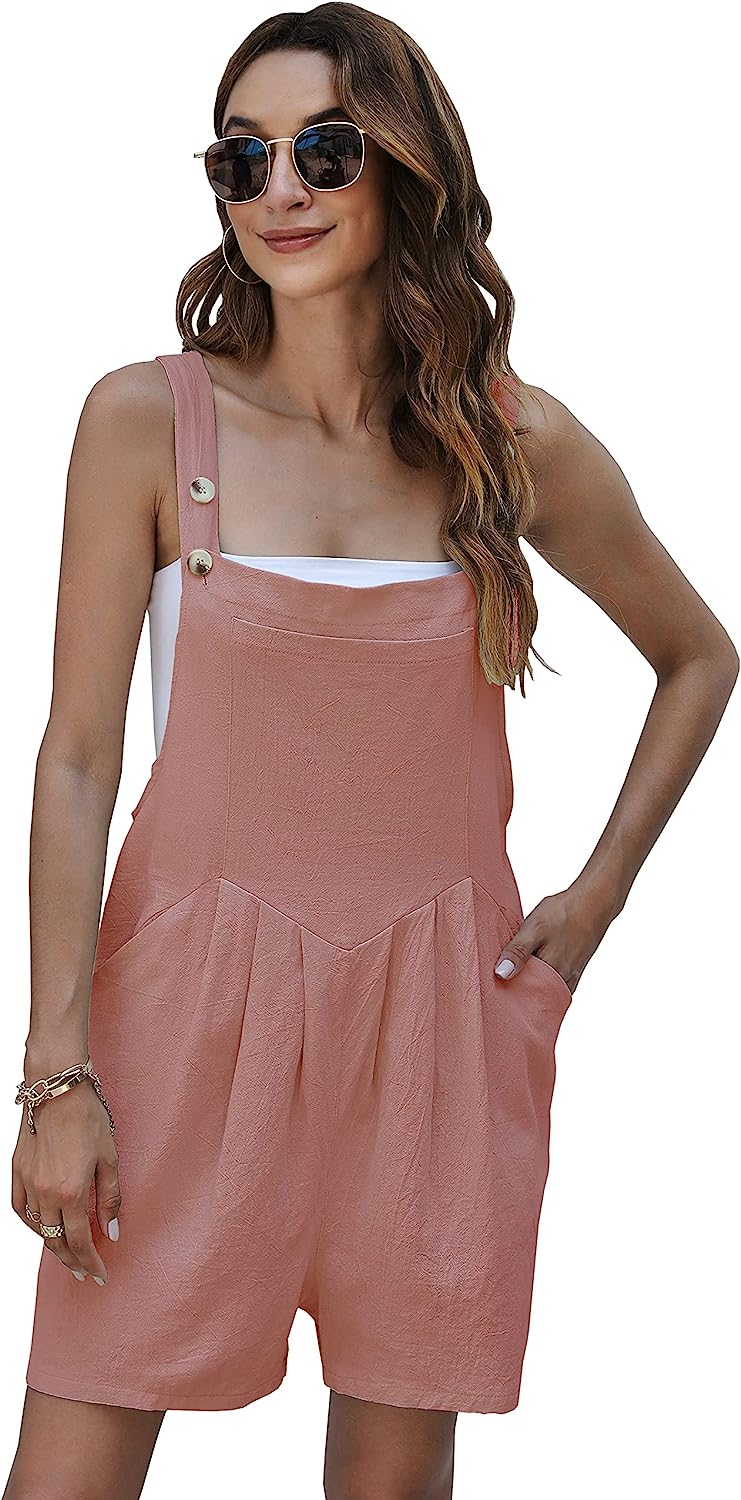
Limister offers jumpsuits made of a soft, lightweight linen blend that's perfect for staying cool in the summer heat. They come in a variety of natural colors and feature relaxed, comfortable fits.

Yioaga's jumpsuits are made of breathable cotton and linen blends and come in a range of trendy designs. From off-the-shoulder cuts to asymmetrical hems, Yioaga's jumpsuits are perfect for those who want to stand out.
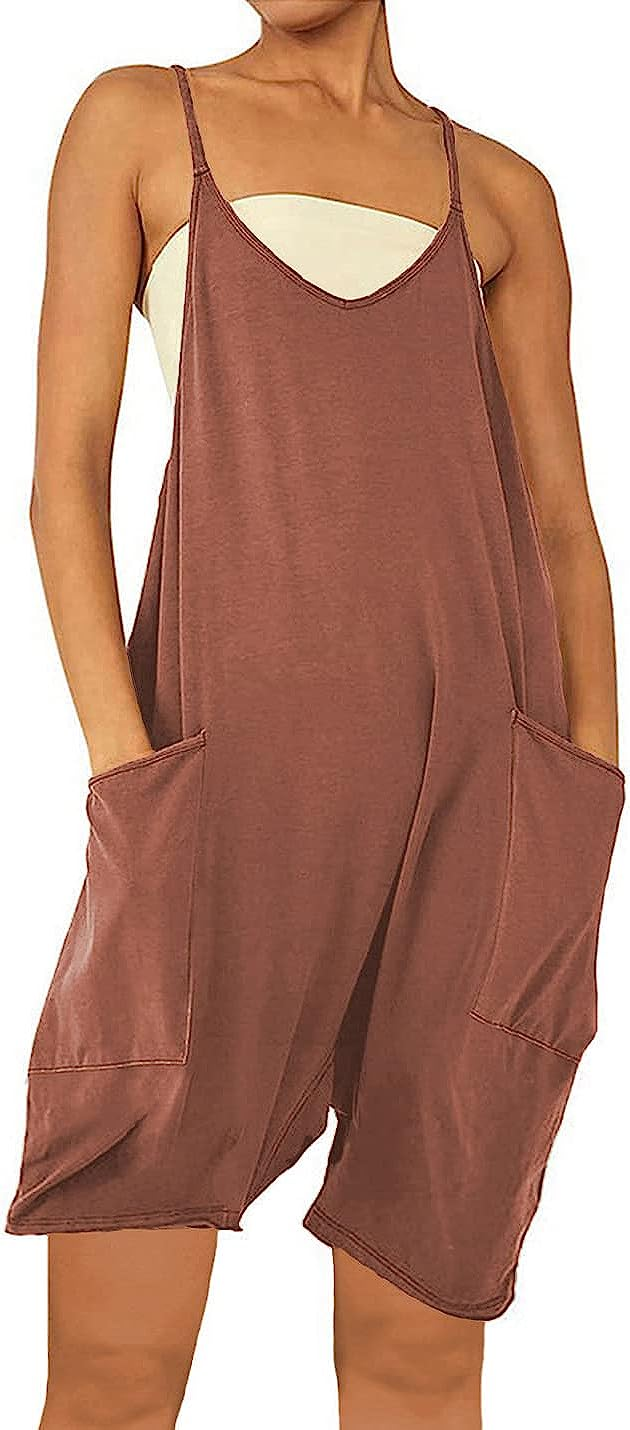
Peaceglad This brand creates jumpsuits made of soft, sustainable cotton fabrics. They come in a range of classic styles and colors, making them a great addition to any wardrobe.
Recycled Cotton?
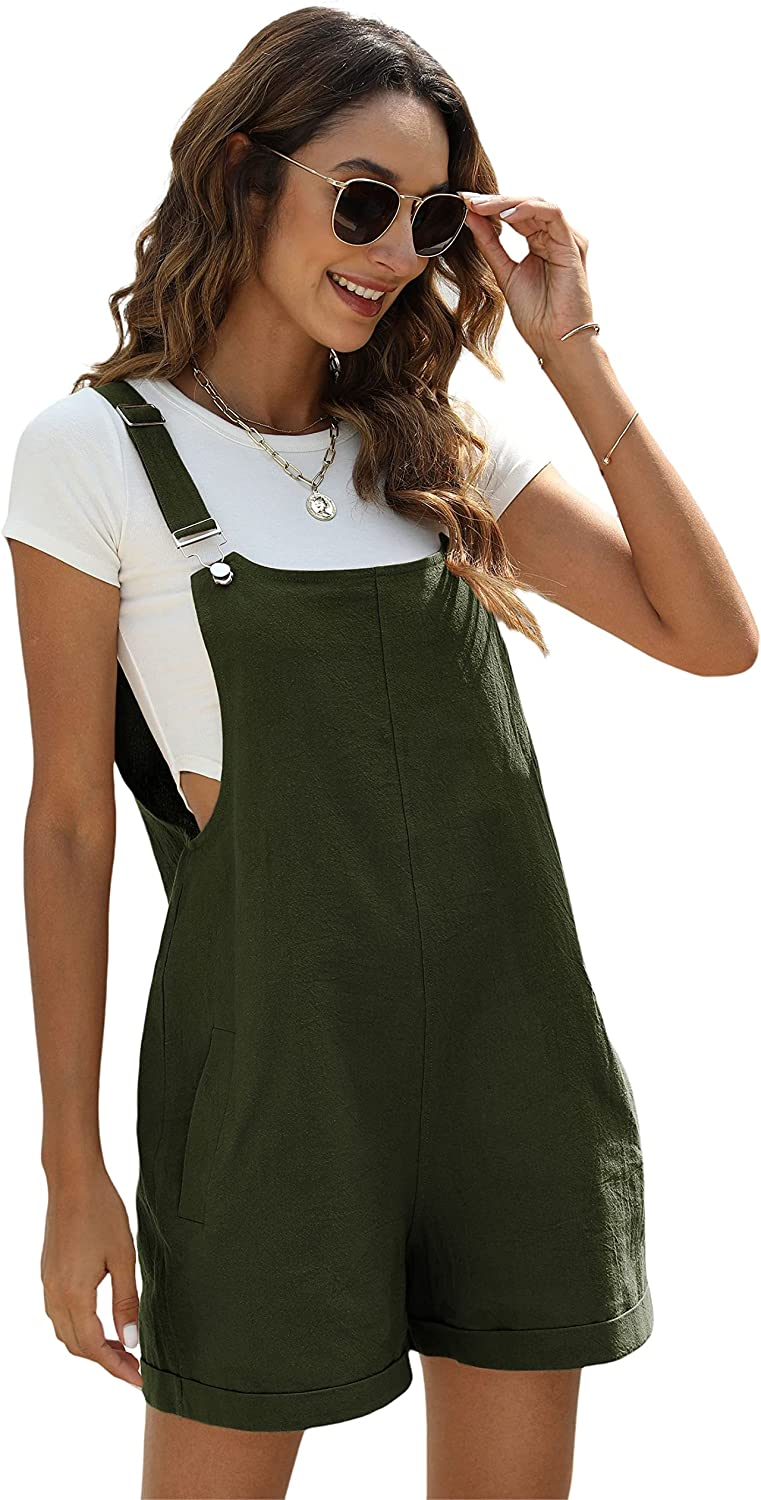
Zhiyouni offers comfortable, stylish jumpsuits made of cotton and linen fabrics. They are perfect for both casual and dressy occasions, and come in a variety of fun prints.
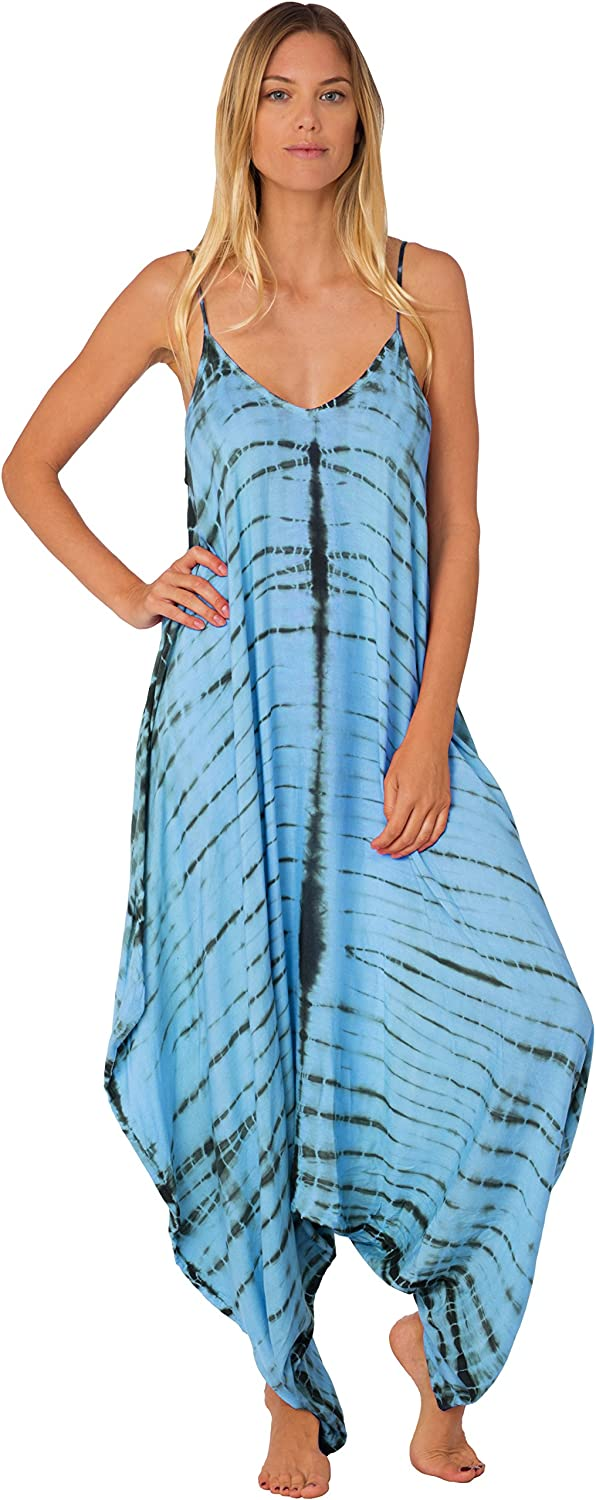
Ingear creates jumpsuits made of a cozy, stretchy material that's perfect for lounging or dressing up. They come in a range of classic colors, making them incredibly versatile.
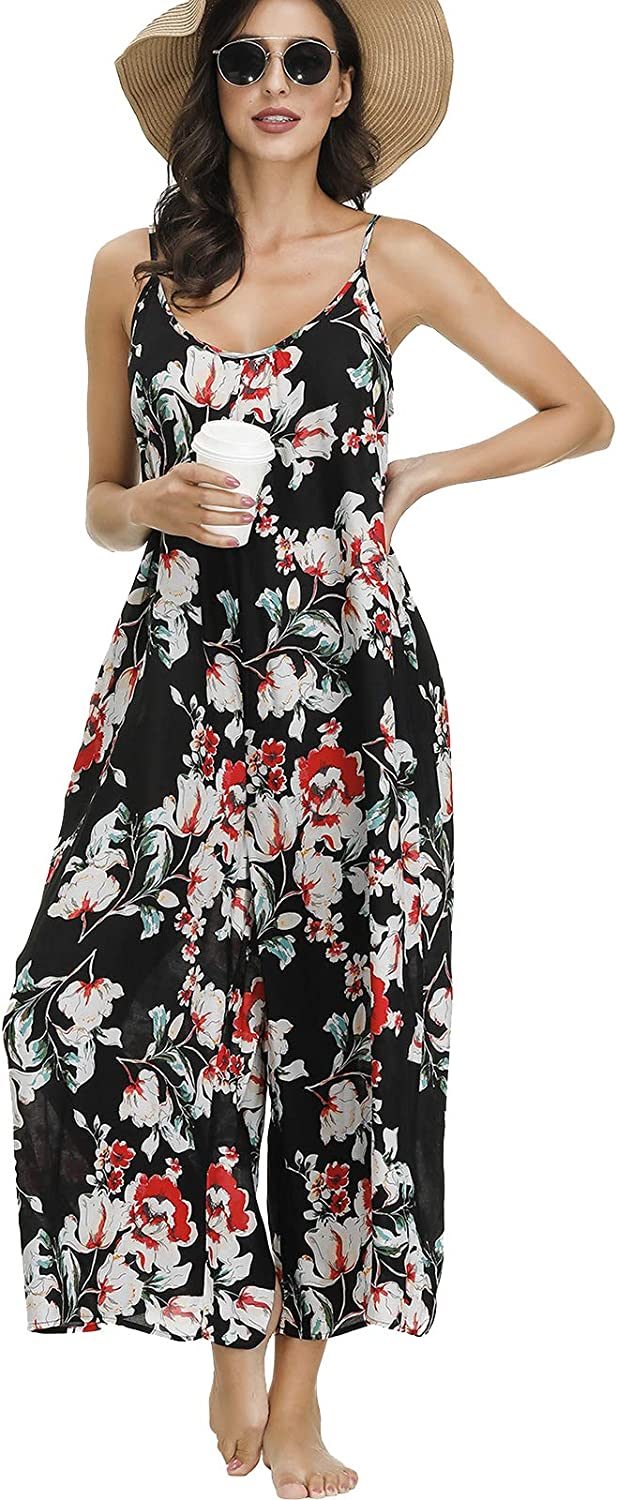
Buenos Ninos offers jumpsuits made rayon, perfect for the summer heat. They come in a range of fun prints and solids.
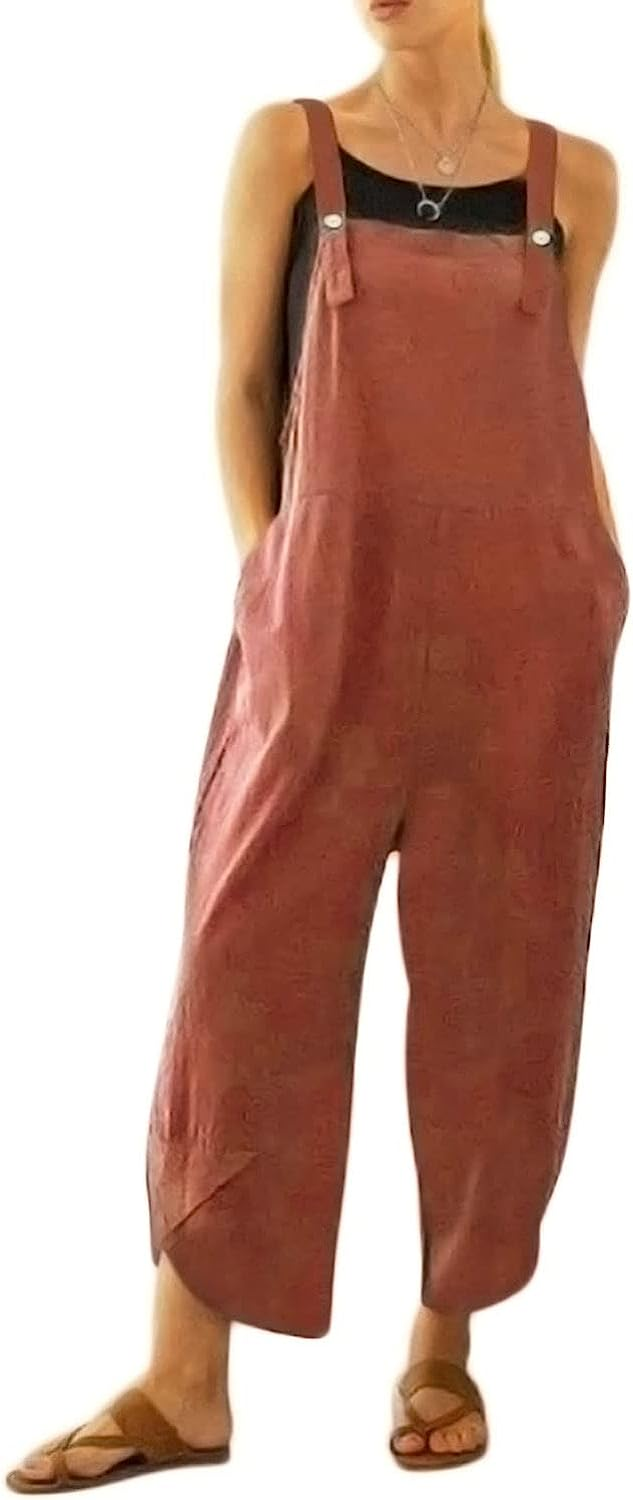
Magimodac creates jumpsuits made of a soft, stretchy modal material that's perfect for all-day comfort. They come in a range of fun, trendy designs that are sure to turn heads.
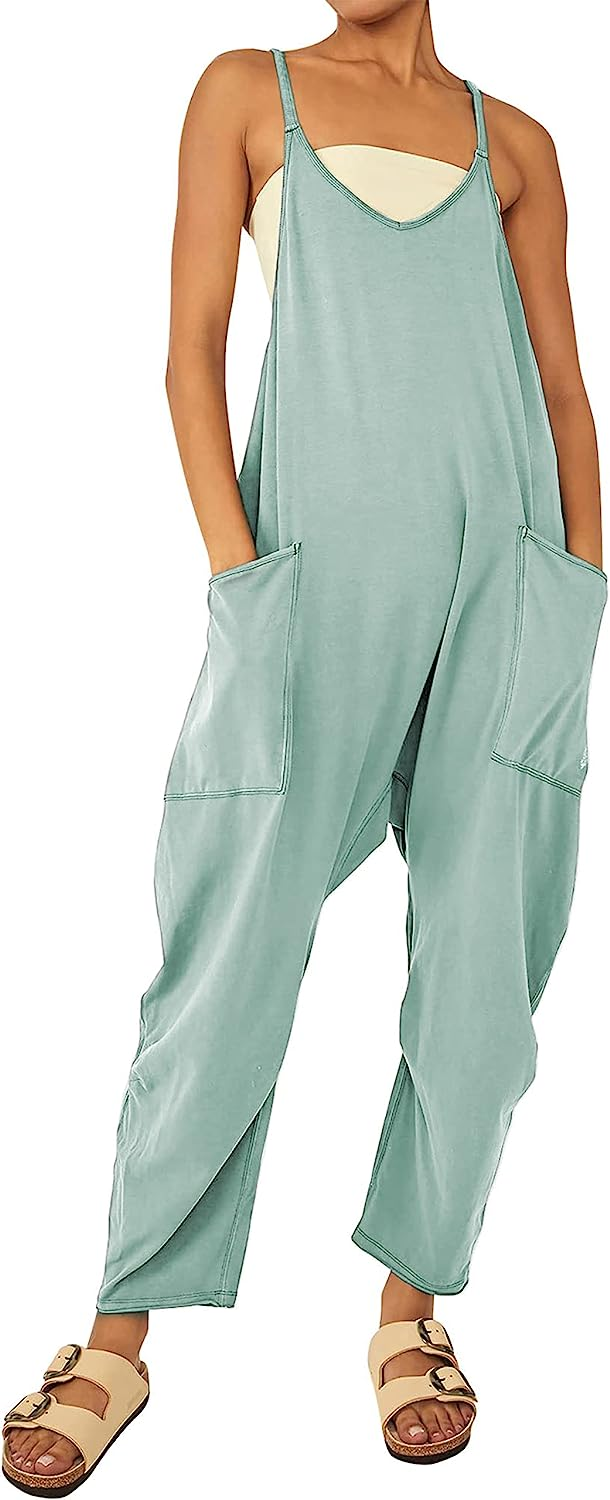
Fiona offers jumpsuits made of a soft, lightweight cotton that's perfect for summer. From classic neutrals to fun animal print designs, Fiona has something for everyone.
The Unfortunate And Unnecessary Use Of Spandex
With so many natural fabric brands out there, there's no reason to settle for jumpsuits or rompers made of stifling polyester this summer. By choosing sustainable fabric, you'll not only look stylish and feel comfortable, but you'll also be doing your part for the environment.
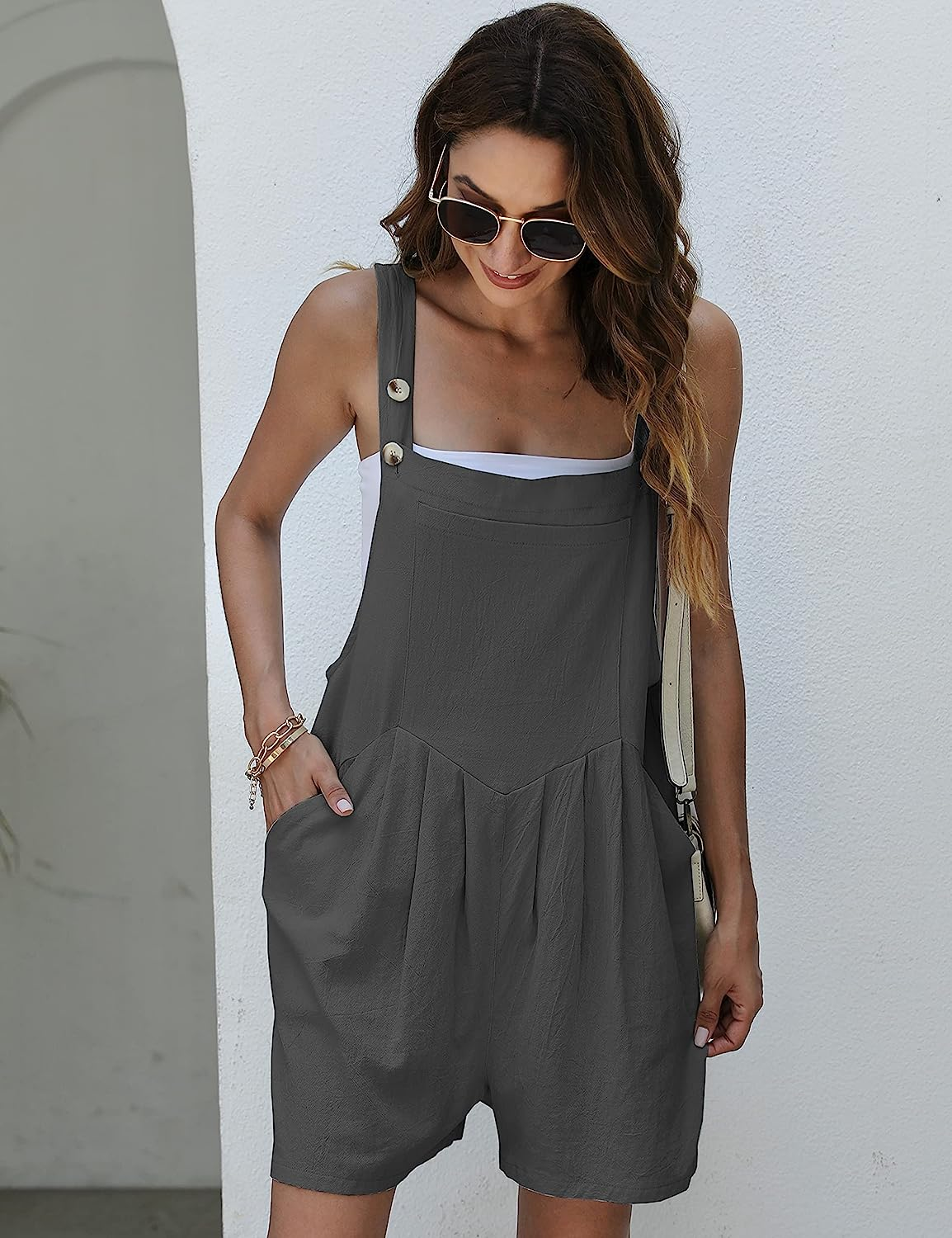
Whether you're lounging at home, running errands, or dressing up for a night out, there's a sustainable jumpsuit out there that's perfect for for you. So, go ahead and make the switch – your skin (and the planet) will thank you!
Spandex Unraveled - The Truth About Non Sustainability
Spandex, long thought the superhero of fabrics, in terms of stretching, flexibility, and overall form-fitting attire. But is it necessary? Have you ever wondered what is spandex, and how it is made? Not to mention, is the sustainability of spandex worth your time or money?
The Textile Waste Of Spandex In Today's Fashion
Spandex, also known as elastane or Lycra, is a synthetic fiber made from a long-chain polymer, 85% polyurethane, and 15% spandex in most cases. Spandex fibers are highly stretchable and too long thought ideal for sportswear and form-fitting clothing.
The process of spandex manufacturing involves a lot of chemical reactions, including the use of several plastic polymers, harsh chemicals, and petroleum products. The sustainability of spandex remains highly questionable, although recycling spandex seems possible and likely in the future.
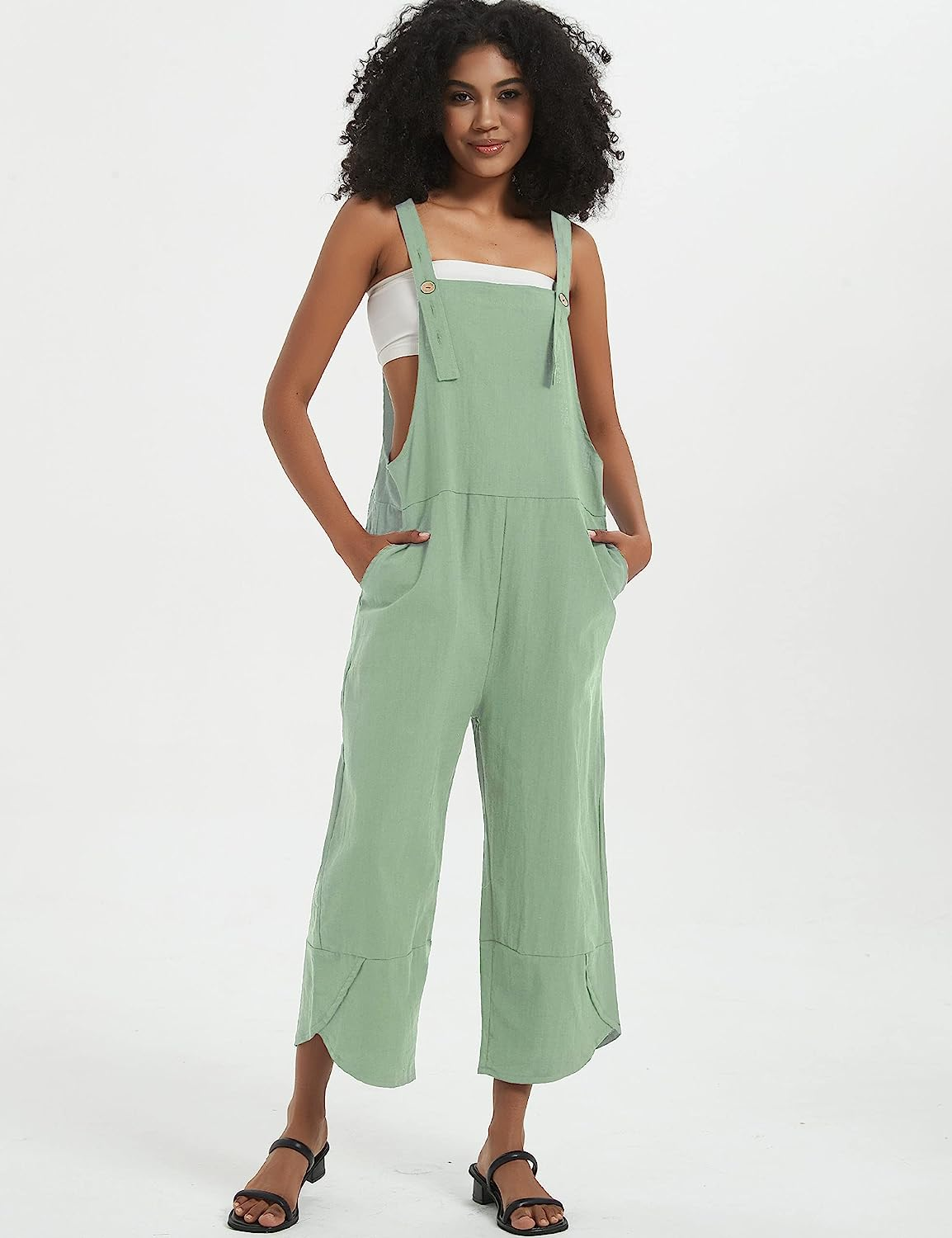
Flygo (the author sort of likes greens and purples - can you tell? Lots of color options though :)
The high demand for stretchy and form-fitting clothing means that spandex can likely remain an essential component of women's clothes for many years to come, unless we start making alternatives. And this can be done.
Petrol Not Needed To Make Spandex
We don't have to use petrol products to create these stretchy fibers. Often, spandex is blended with cotton, polyester, or other synthetic fibers to add stretch to the fabric. However, given the concerns of plastic waste and non-biodegradable materials, spandex, regarding sustainability should be avoided when possible.
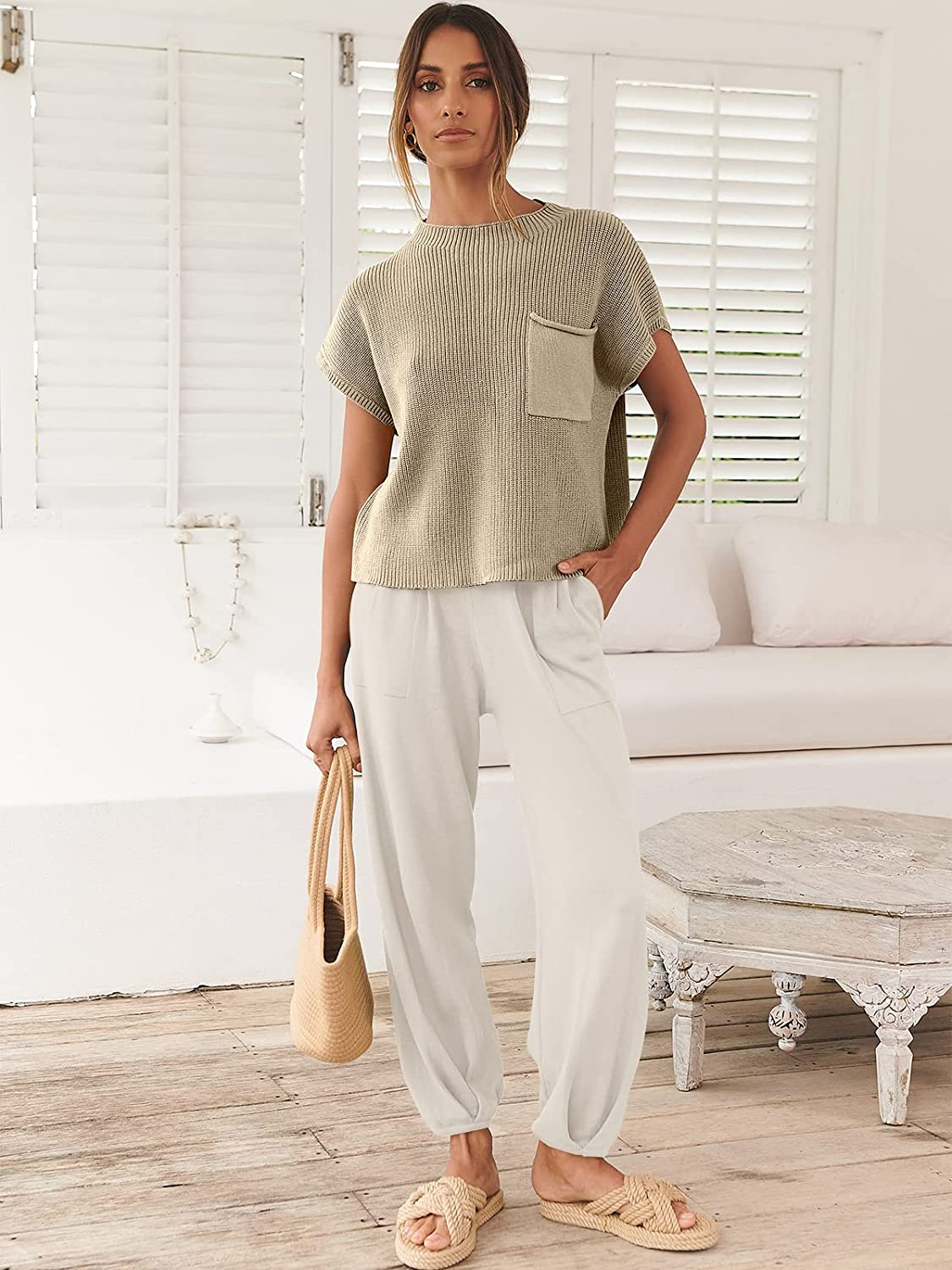
Recycling spandex is a necessity, although most ends up in a landfill somewhere along with other textile waste material, breaking down over time, releasing microplastics into the environment.
While spandex recycling is possible, obtaining a spandex-rich textile proportion high enough to cause a significant impact while avoiding fouling the recycling process with other fibers requiring their sorting is still a challenge.
Therefore, the best way to reduce the environmental impact of spandex, albeit indirectly, is by reducing our consumption of this fabric.
Buy Sustainable Fabric Instead
So, what about sustainable spandex? Presently, there is no spandex made entirely from natural fibers, although some companies are attempting to create eco-friendly or natural spandex alternatives.
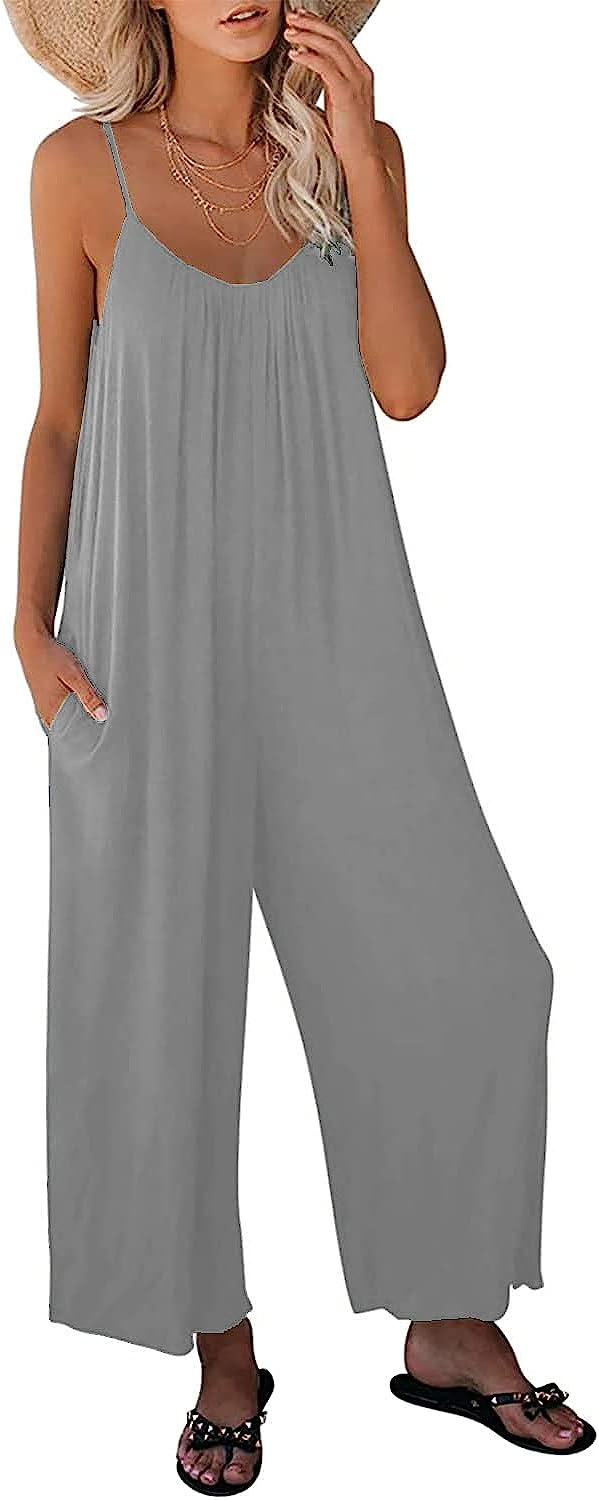
Companies are experimenting with innovative methods, such as recycling chemical waste and using proteins found in natural materials like corn, soy, and milk for stretchy fibers.
The Raw Material Difference
However, eco-friendly spandex is not yet perfect, as it requires additional processing to ensure its stretch and durability, which can counteract its ecological benefit by increasing energy use and waste production.
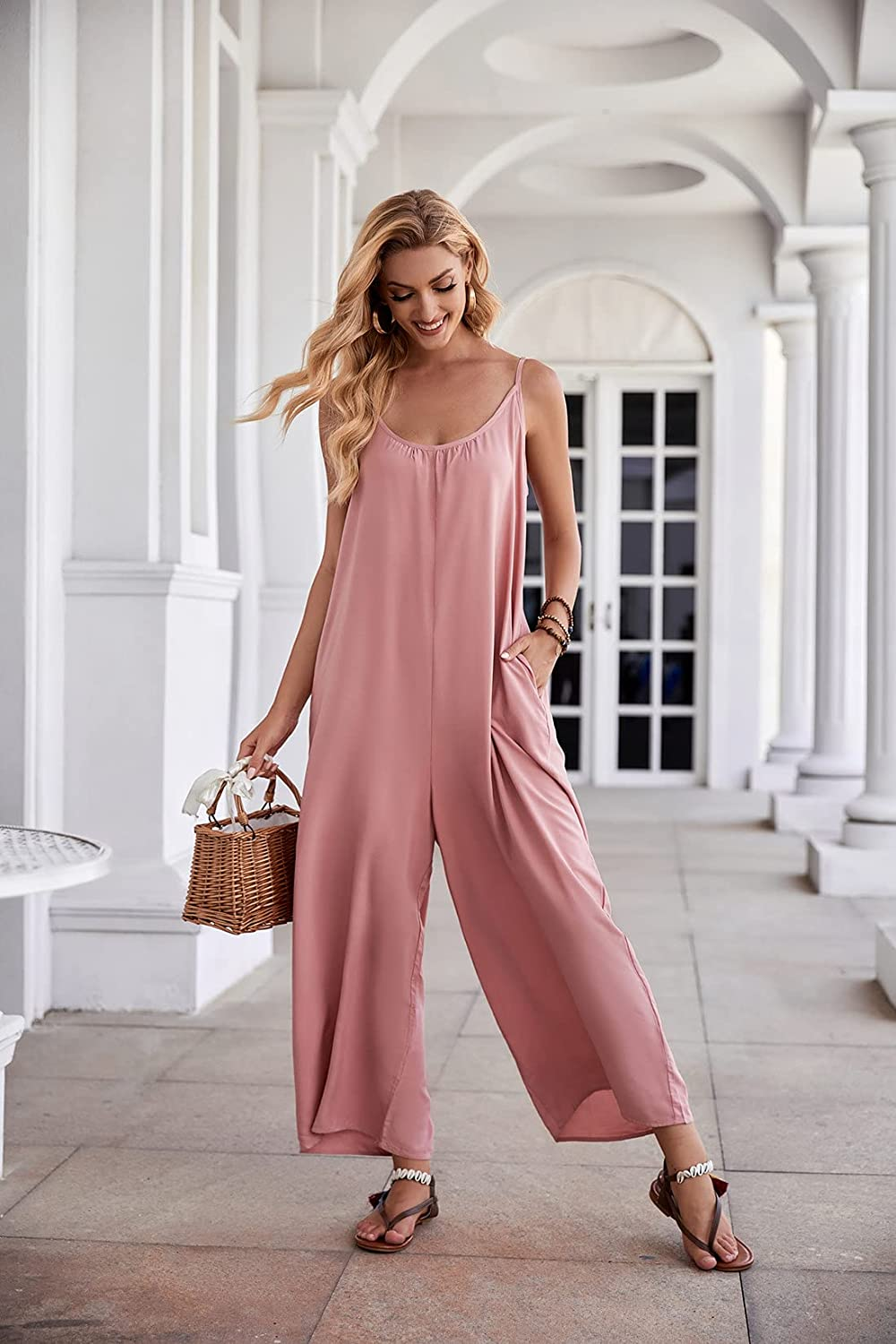
While Spandex alternatives are still in the developmental phase, opting for spandex-free clothing or limiting spandex purchases to fewer occasions may be the way to go for conscious consumers. In the end, only you can decide the right choice for your ethical commitments and environmental impact.

Rayon and Viscose: A Zero Waste Fabric Option?
Rayon, Modal and Viscose were the first synthetic fibers ever made and a zero waste choice if you are an advocate of sustainable fashion. Despite their dark past filled with toxic chemicals, these fabrics are making a huge comeback with their eco-friendliness, soft texture, and versatility.
Now you can wear clothes that don't harm the environment and feel like a goddess at the same time!
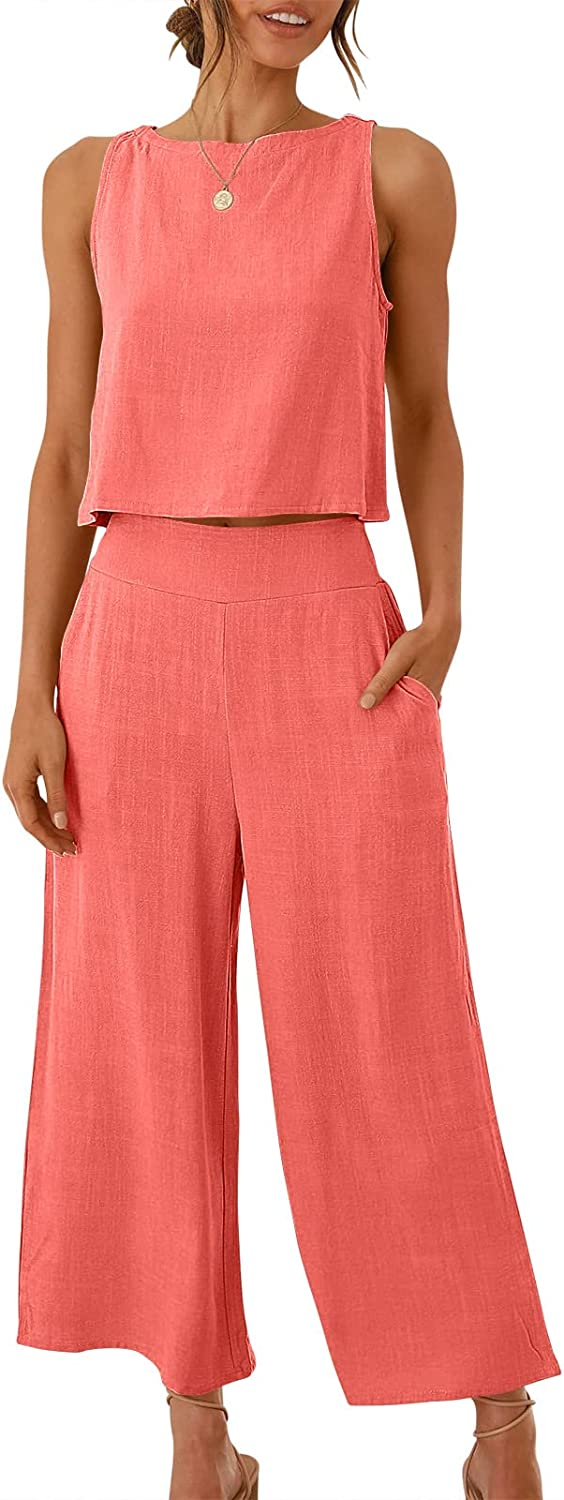
What is Rayon and Viscose?
Rayon and viscose are cellulose-based fibers made from wood pulp, cotton, and other plant materials. They are known for their lightweight and silky texture, and because they are made from natural materials, they are biodegradable and compostable.
Rayon yarn is spun from regenerated cellulose fibers using a wet-spinning process, while viscose fibers go through an additional process of mercerization that strengthens the fabric and increases its luster.
The Dark Side of Rayon and Viscose
Sadly, the production of rayon and viscose hasn't always been kind to the environment. In the past, toxic chemicals such as carbon disulfide and sulfuric acid were used in the manufacturing process, which led to health problems for factory workers and pollution of waterways.
However, in recent years, more eco-friendly methods have been developed that use non-toxic solvents and closed-loop systems that recycle water and chemicals, making rayon and viscose production much safer and sustainable.

Zero Waste Fabric Options Are The Trend
Now comes the exciting part, why rayon and viscose are considered the zero waste fabric option. Firstly, these materials are eco-friendly and reduce the negative impact of fashion on the environment.
Secondly, the closed-loop systems used during production mean that no waste is generated, and any chemicals used are recycled.

YESNO. lots of colorful patterns to choose from!
Thirdly, since rayon and viscose are biodegradable, they don't release any synthetic particles during washing or disposal of clothing, reducing microplastics in our oceans.
Versatility and Comfort
Rayon and viscose are versatile and can be used to make a variety of clothing items such as dresses, shirts, pants, skirts, and more. The fabric is flowy, soft and breathable, perfect for hot and humid weather.
It drapes beautifully and falls in flattering lines, making it the perfect fabric for elegant summer attire.

Sustainable Fashion at Its Best
Rayon and viscose are a great example of how sustainable fashion can be achieved without sacrificing style and quality.
Embracing zero-waste fashion by supporting eco-friendly production of these materials means that we can help preserve the planet while still looking fabulous.
By choosing clothes made from rayon and viscose, you can help drive demand for sustainable and ethical fashion and contribute to keeping our environment clean and healthy.
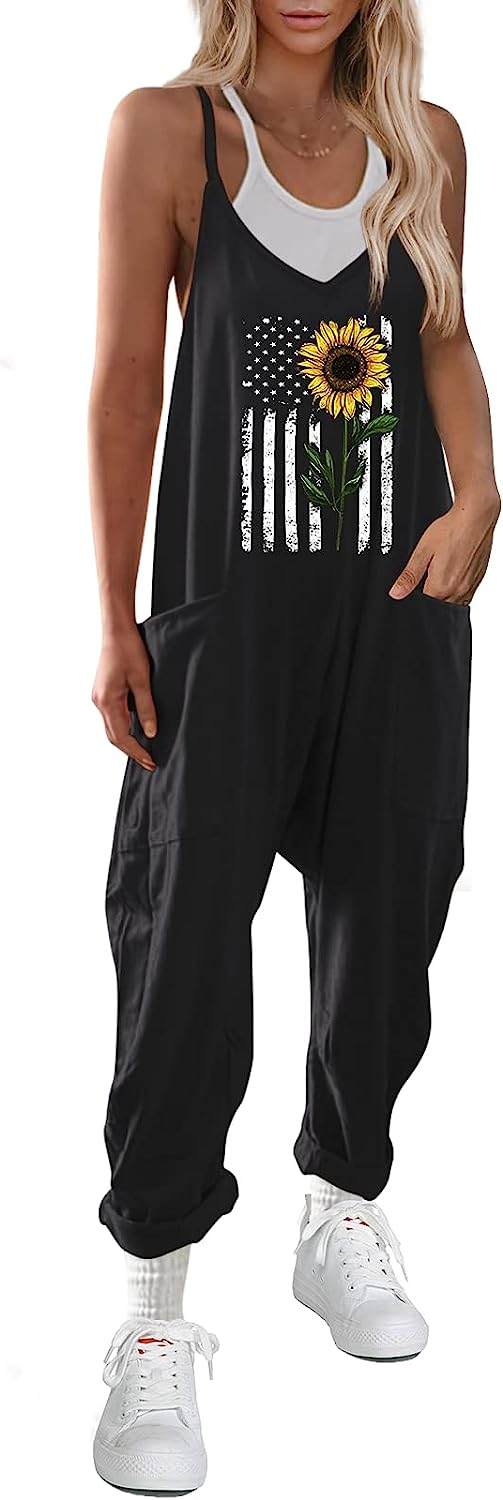
Yanekop "blend" material, but I asked the brand and they said cotton
Choose Eco Friendly Fabrics
Ladies, it's time to bring out our inner eco-warriors and support sustainable fashion! Rayon and viscose, flax plant linen recycled cotton or organic cotton are the game-changers that we all need in our wardrobes.
Sustainable brands are using sustainable materials to give us sustainable wardrobe options we can afford. So make your own sustainable alternative, natural fiber, eco friendly contribution to alleviating the post consumer waste problem by purchasing only sustainably material from now on.
Drive The Textile Industry Change
Be sure to support brands with an eco friendly manufacturing process starting with a sustainable material using no harmful pesticides.
Eco friendly fabrics are the sustainable alternative solution to today's plastic pollution problem Together we can make a difference, one sustainable option at a time.
By choosing zero waste fabrics, we can change the face of the fashion industry while keeping ourselves looking chic and feeling good about our sustainability choices. So, let's pledge to embrace zero waste fashion and make a difference one garment at a time!
For Sustainable Shirts Go Here
And Always Wash Your Sustainable Clothes With Plastic Free Laundry Products
FAQs
What is eco friendly sustainable clothing?
Sustainable or eco-friendly clothing is exactly what it sounds like: clothing that is created in a way that has less negative impact on the environment. Eco-friendly clothing ranges from being made from organic materials (like cotton, hemp, and bamboo) to having production processes and manufacturing standards that are less harsh on the planet - including reduced water usage and chemical usage, as well as mindful animal treatment.
But perhaps one of the most important aspects of sustainable fashion is avoiding synthetic fabrics with plastics fibers. Polyester and other plastic-based synthetic fibers have become increasingly popular in recent years because they are cheap to produce but this comes at an environmental cost; these pieces release tiny microfibers into waterways when laundered which can damage ecosystems. With traditional fabrics, such as cotton or linen, when washed they remain largely intact – making them a much more eco-friendly choice for your wardrobe!
What are some tips for caring for eco friendly sustainable clothing?
Invest in quality garments – Buying higher quality items means investing more money upfront - but it also gives you better durability and longevity of wear over cheaper products made from synthetic materials (which often have a shorter life expectancy). In the long run this can save you money since a well-made garment usually lasts longer than one made with lower quality materials.
Wash gently – Washing by hand or on a gentle cycle in cold water helps preserve your clothing's shape and reduce shrinkage or fading caused by strong detergents or hot water washing methods which can be harmful to natural fabrics like wool and silk over time. Additionally, always use pH balanced detergents specifically designed for delicate fabrics; never bleach or use whitening agents as they damage delicate fibers even further! Finally, be sure to air dry all items instead of using a tumble dryer - not only does this prevent further environmental damage thanks to energy savings but also allows your eco-friendly fabric to retain its original shape longer!
Repair & repurpose old items – By repairing any holes or tears on older pieces (or converting them into accessories) rather than throwing them away we're able to extend their shelf life multiple times contributing significantly less waste into our atmosphere each year! Not only does this benefit the environment but also creates new unique fashion pieces giving us creative freedom while keeping our impact low at same time!
What are some of the most common misconceptions about eco friendly sustainable clothing?
It's no secret that eco-friendly and sustainable clothing is becoming increasingly popular. As we become more aware of the impact our fashion choices have on the environment, it only makes sense that people would choose more organic materials over synthetic ones. However, many people still have misinformed ideas when it comes to truly understanding what eco friendly sustainable clothing means and what brands are actually offering these kinds of products.
One misconception I commonly hear is that all eco-friendly clothing is made from plastic fibers such as polyester or microfibers – this could not be further from the truth! In realty, many of the textile companies manufacturing conscious apparel only use natural materials like cotton, wool or linen in their designs – meaning less microplastics entering into waterways around the world and therefore preserving our planet's health for generations to come!
Another misunderstanding related to sustainable fashion is that it must come with a hefty price tag; this isn't always true either. While some stores might charge a higher fee for organic fabrics due to its rarity (or for better quality), there are plenty of brands which offer cheaper options too – you just need to know where to look! From vintage shops online like Depop right through independent retailers at your local farmer's market – there are endless possibilities when shopping consciously without having to break your bank account in two.
For more information:



